Ditapis dengan
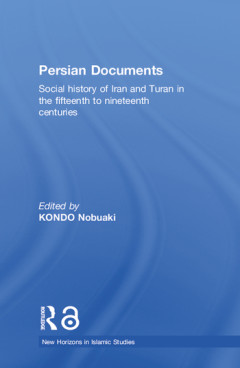
Persian documents :social history of Iran and Turan in the fifteenth to ninet…
After the Mongol period, Persian was the official written language in Iran, Central Asia and India. A vast amount of documents relating to administration and social life were produced and yet, unlike Ottoman and Arabic documents, Persian historical resources have received very little critical attention. This book is the first to use Persian Documents as the sources of social history in Early Mo…
- Edisi
- -
- ISBN/ISSN
- 9780203508862
- Deskripsi Fisik
- xvii, 189p. : ill.
- Judul Seri
- -
- No. Panggil
- 955.03 PER p
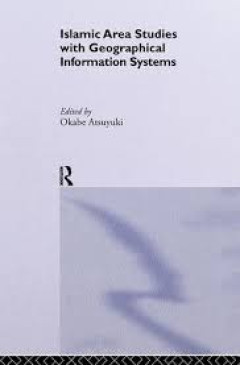
Islamic area studies with geographical information systems
In this volume the contributors use Geographical Information Systems (GIS) to reassess both historic and contemporary Asian countries and traditionally Islamic areas. This highly illustrated and comprehensive work highlights how GIS can be applied to the social sciences. With its description of how to process, construct and manage geographical data the book is ideal for the non-specialist looki…
- Edisi
- -
- ISBN/ISSN
- 9780203401422
- Deskripsi Fisik
- xxvi, 283p. : ill.
- Judul Seri
- -
- No. Panggil
- 910.91767 ISL i

Heirs to world culture :being Indonesian 1950-1965
This volume brings together new scholarship by Indonesian and non-Indonesian scholars on Indonesia’s cultural history from 1950-1965. During the new nation’s first decade and a half, Indonesia’s links with the world and its sense of nationhood were vigorously negotiated on the cultural front. Indonesia used cultural networks of the time, including those of the Cold War, to announce itself…
- Edisi
- -
- ISBN/ISSN
- 9789004253513
- Deskripsi Fisik
- xv, 529 p.
- Judul Seri
- -
- No. Panggil
- 959.803 LIE h
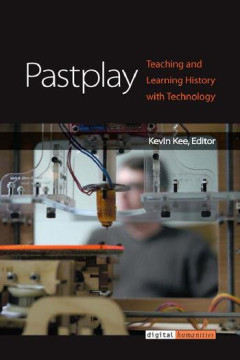
Pastplay :teaching and learning history with technology
A collection of scholars and teachers of history unpack how computing technologies are transforming the ways that we learn, communicate, and teach.
- Edisi
- -
- ISBN/ISSN
- 9780472119370
- Deskripsi Fisik
- viii, 338p. : ill.
- Judul Seri
- -
- No. Panggil
- 907 PAS p
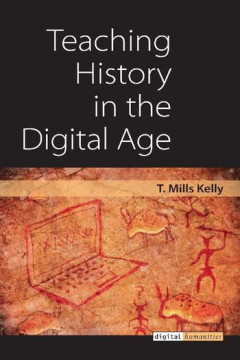
Teaching history in the digital age
A practical guide on how one professor employs the transformative changes of digital media in the research, writing, and teaching of history
- Edisi
- -
- ISBN/ISSN
- 9780472118786
- Deskripsi Fisik
- xiii, 167p. : ill.
- Judul Seri
- -
- No. Panggil
- 907.85 KEL t
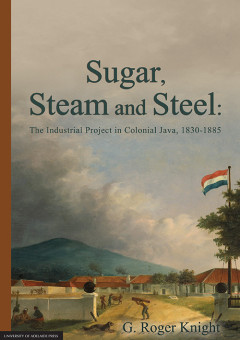
Sugar, steam and steel:the industrial project in colonial Java, 1830-1885
Sugar, Steam and Steel is about cane sugar and the transformation of an Indonesian island into the ‘Oriental Cuba’ during the middle decades of the nineteenth century. Between the 1830s and the 1880s, sweetener manufacture in Dutch-controlled Java — the crown jewel of the erstwhile Netherlands Indies — drew decisively away in matters of techno…
- Edisi
- -
- ISBN/ISSN
- 9781922064998
- Deskripsi Fisik
- xii, 243p.: ill.
- Judul Seri
- -
- No. Panggil
- 959.8022
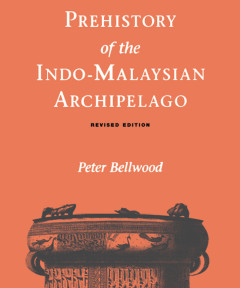
Prehistory of Indo-Malaysian archipelago
Since its publication in 1985, Peter Bellwood’s Prehistory of the Indo-Malaysian Archipelago has been hailed as the sole authoritative work on the subject by the leading expert in the field. Now that work has been fully revised and includes a complete up-to-date summary of the archaeology of the region (and relevant neighboring areas of China and Oceania), as well as a comprehensive discussio…
- Edisi
- -
- ISBN/ISSN
- 9781921313127
- Deskripsi Fisik
- xx, 385p.: ill.
- Judul Seri
- -
- No. Panggil
- 959.01 BEL p
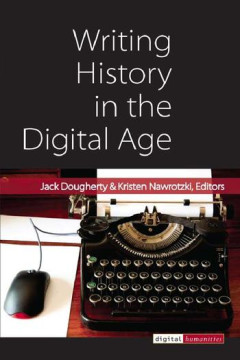
Writing history in the digital age
A born-digital project that asks how recent technologies have changed the ways that historians think, teach, author, and publish
- Edisi
- -
- ISBN/ISSN
- 9780472072064
- Deskripsi Fisik
- xiii, 283p. : ill.
- Judul Seri
- -
- No. Panggil
- 902.85 WRI w
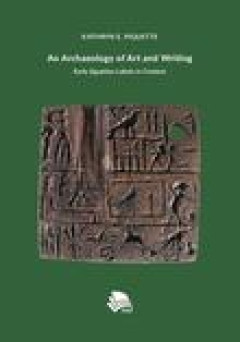
An Archaeology of art and writing:early egypth labels in context
An Archaeology of Art and Writing offers an in-depth treatment of the image as material culture. Centring on early Egyptian bone, ivory, and wooden labels—one of the earliest inscribed and decorated object groups from burials in the lower Nile Valley—the research is anchored in the image as the site of material action. A key aim of this book is to outline a contextual and reflexive approach…
- Edisi
- -
- ISBN/ISSN
- 9783946198390
- Deskripsi Fisik
- xx, 342p.: ill.
- Judul Seri
- -
- No. Panggil
- 930 PIQ a
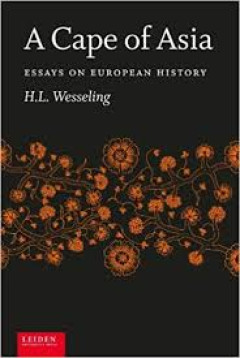
Cape of Asia:essays on European history
A Cape of Asia collects eighteen of Wesseling’s finest essays on European History, clustered around three concerns: The Wider View, or the historical European perspective on globalization, migration and decolonization; Europe’s Identity, reflecting the shift from Eurocentrism to Americanization and Europe’s acceptance of Japan, China and India as new key players in the global economy; and…
- Edisi
- -
- ISBN/ISSN
- 9789087281281
- Deskripsi Fisik
- 176 p. ; 24 cm.
- Judul Seri
- -
- No. Panggil
- 955 WES c
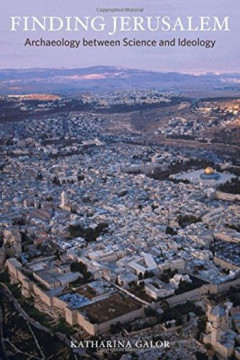
Finding Jerusalem :archaeology between science and ideology
Archaeological discoveries in Jerusalem capture worldwide attention in various media outlets. The continuing quest to discover the city’s physical remains is not simply an attempt to define Israel’s past or determine its historical legacy. In the context of the ongoing Israeli-Palestinian conflict, it is also an attempt to legitimate—or undercut—national claims to sovereignty. Bridging …
- Edisi
- -
- ISBN/ISSN
- 9780520968073
- Deskripsi Fisik
- xxi, 248p. : ill.
- Judul Seri
- -
- No. Panggil
- 933.442 GAL f
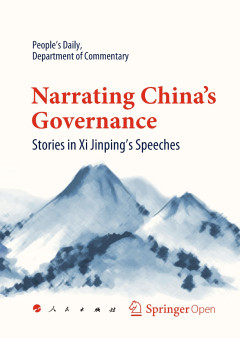
Narrating China's governance :stories in Xi Jinping's speeches
This open access book captures and elaborates on the skill of storytelling as one of the distinct leadership features of Xi Jinping, the General Secretary of the Communist Party of China and the President of the People’s Republic of China. It gathers the stories included in Xi’s speeches on various occasions, where they conveyed the essence of China’s history and culture, its reform and d…
- Edisi
- -
- ISBN/ISSN
- 9789813291782
- Deskripsi Fisik
- xxv, 266p. : ill
- Judul Seri
- -
- No. Panggil
- 951 NAR n
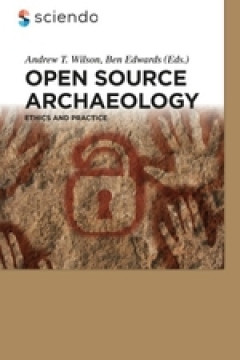
Open source archaeology :ethics and practice
This edited volume is designed to discuss important issues around open access to data and software in academic and commercial archaeology, as well as to summarise both the current state of theoretical engagement, and technological development in the field of open-archaeology.
- Edisi
- -
- ISBN/ISSN
- 9783110440171
- Deskripsi Fisik
- 160 p.
- Judul Seri
- -
- No. Panggil
- 930.1 OPE p
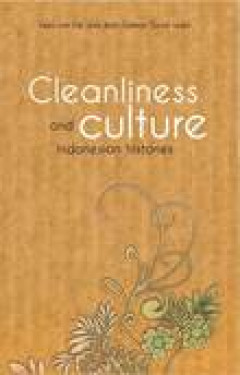
Cleanliness and culture:Indonesian histories
Recent years have shown an increase in interest in the study of cleanliness from a historical and sociological perspective. Many of such studies on bathing and washing, on keeping the body and the streets clean, and on filth and the combat of dirt, focus on Europe. In Cleanliness and culture attention shifts to the tropics, to Indonesia, in colonial times as well as in the present. Subjects ran…
- Edisi
- -
- ISBN/ISSN
- 9789067183758
- Deskripsi Fisik
- xii, 204 p.
- Judul Seri
- -
- No. Panggil
- 958.9 CLE c
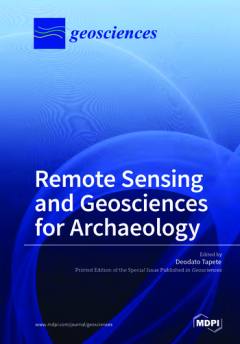
Remote sensing and geosciences for archaeology
This book collects more than 20 papers, written by renowned experts and scientists from across the globe, that showcase the state-of-the-art and forefront research in archaeological remote sensing and the use of geoscientific techniques to investigate archaeological records and cultural heritage.Very high resolution satellite images from optical and radar space-borne sensors, airborne multi-spe…
- Edisi
- -
- ISBN/ISSN
- 9783038427643
- Deskripsi Fisik
- IX, 433 p.
- Judul Seri
- -
- No. Panggil
- 930.1 REM r
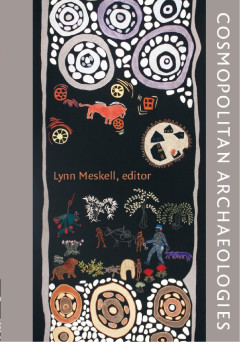
Cosmopolitan archaeologies
This book delves into the politics of contemporary archaeology in an increasingly complex international environment. Describing various forms of cosmopolitan engagement, the contributors explore the implications of applying the cosmopolitan ideals of obligation to others and respect for cultural difference to archaeological practice, showing that those ethics increasingly demand the rethinking …
- Edisi
- -
- ISBN/ISSN
- 9780822344322
- Deskripsi Fisik
- 296p. : ill.
- Judul Seri
- -
- No. Panggil
- 930.1 COS c
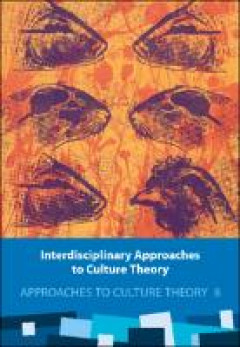
Interdisciplinary Approaches to Culture Theory
The central theme of the volume is interdisciplinary experimentation. The volume includes collaborative and interdisciplinary studies on a variety of topics, from territorialisation of theory, relations between culture theory and research methodology, culture-dependent meaning formation, power relations in discourses on religion, communal heritage management, celebration practices of (national)…
- Edisi
- -
- ISBN/ISSN
- 9789949033041
- Deskripsi Fisik
- -
- Judul Seri
- -
- No. Panggil
- 930.1 INT i
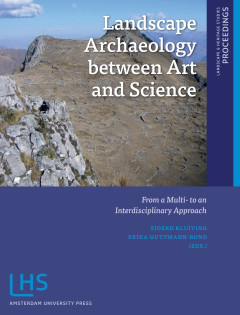
Landscape archaeology between art and science :from a multi- to an interdisci…
Researchers in landscape archaeology use two different definitions of landscape. One definition (landscape as territory) is used by the processual archaeologists, earth scientists, and most historical geographers within this volume. By contrast, post-processual archaeologists, new cultural geographers and anthropologists favour a more abstract definition of landscape, based on how it is perceiv…
- Edisi
- -
- ISBN/ISSN
- 9789089644183
- Deskripsi Fisik
- 525p. : ill.
- Judul Seri
- -
- No. Panggil
- 930.1028 LAN l
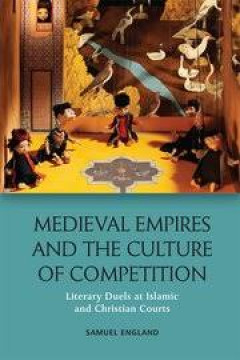
Medieval empires and the culture of competition:literary duels at Islamic and…
Shows how the interactive, confrontational practice of courtly arts shaped imperial thought in the Middle AgesA probing inquiry into medieval court struggles, this book shows the relationship between intellectual conflict and the geopolitics of empire. It examines the Persian Buyids’ takeover of the great Arab caliphate in Iraq, the counter-Crusade under Saladin, and the literature of soverei…
- Edisi
- -
- ISBN/ISSN
- 9781474425223
- Deskripsi Fisik
- viii, 230 pages ; 25 cm
- Judul Seri
- -
- No. Panggil
- 909.07 ENG m

Islam, humanity, and the Indonesian identity :reflections on history
"Islam exists in global history with its richly variegated cultural and social realities. When these specific cultural contexts are marginalized, Islam is reduced to an ahistorical religion without the ability to contribute to humanity. This limited understanding of Islam has been a contributing factor in many of the violent conflicts in the present day. Reflecting on Islam in Indonesia, the wo…
- Edisi
- -
- ISBN/ISSN
- 9789400603080
- Deskripsi Fisik
- 287p. : ill.
- Judul Seri
- -
- No. Panggil
- 959.8 MAA i
 Karya Umum
Karya Umum  Filsafat
Filsafat  Agama
Agama  Ilmu-ilmu Sosial
Ilmu-ilmu Sosial  Bahasa
Bahasa  Ilmu-ilmu Murni
Ilmu-ilmu Murni  Ilmu-ilmu Terapan
Ilmu-ilmu Terapan  Kesenian, Hiburan, dan Olahraga
Kesenian, Hiburan, dan Olahraga  Kesusastraan
Kesusastraan  Geografi dan Sejarah
Geografi dan Sejarah